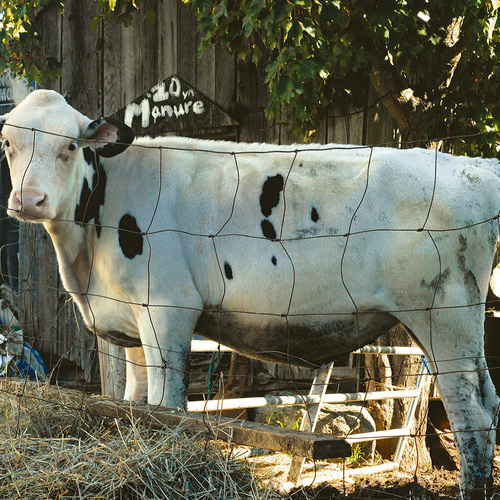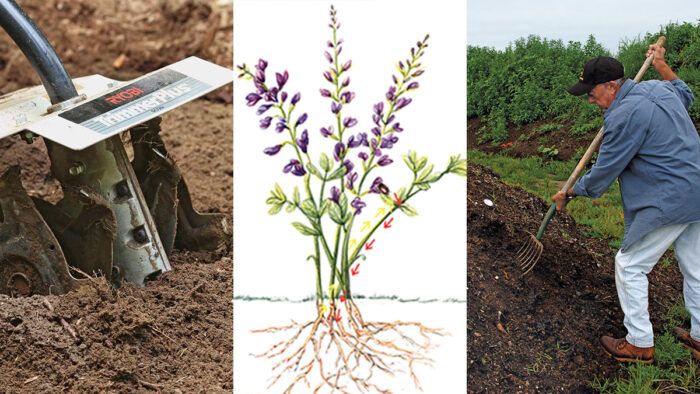
Many people think of soil as dead, decomposed organic matter and minerals. But it’s much more than that. Soil is full of life. Trillions of organisms live in soil, using and recycling the nutrients and chemicals found around them. More than that, these organisms have a symbiotic relationship with each other and with plants, which creates a web of interconnected life below the surface of the ground. In this collection, you’ll learn about the physical, biological, and chemical makeup of soil and why it’s so important to maintain healthy soil to grow healthy plants. Nature has perfected the cycle of growth and decomposition that occurs between soil and plants. However, when we garden we are naturally disturbing that cycle. The key to sustainable gardening is to strike a balance between maintaining that natural cycle while still ensuring that your plants have all of the resources they need.
But where does one get started with learning the current state of their own garden soil? Below you can find articles and videos on how to take and interpret a soil test and how to diagnose your soil’s health from its texture. With this knowledge of what your soil is missing, you can learn how to improve it. One way gardeners can do that is by adding organic matter. Use the links below to learn how best to use materials such as cover crops, mulch, manure, and compost to make soil more nutrient-rich and to improve plant health and performance. You can also explore best gardening practices for maintaining soil biology. This includes minimal tilling, cultivating, and compaction, all of which disturb the soil’s structures and can kill soil organisms. It’s also important to keep the soil covered and to grow a diversity of plants. Both of these provide a steady food supply to soil microorganisms and make your garden more resistant to cultural stressors. By discovering the current state of your garden soil and learning how to nourish it, you have everything you need to make sure that you are keeping your soil—and therefore your plants—robust, healthy, and happy.
-
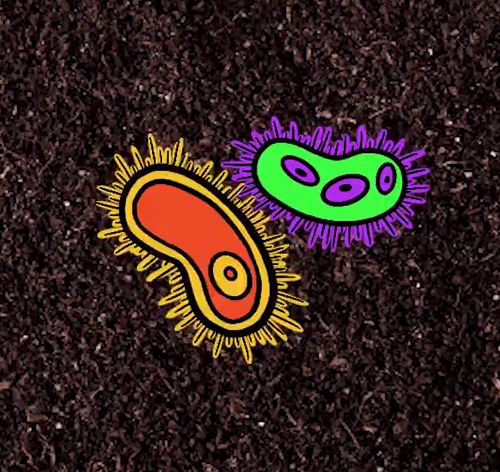 How-To
How-ToThe Basics of Soil Biology
-
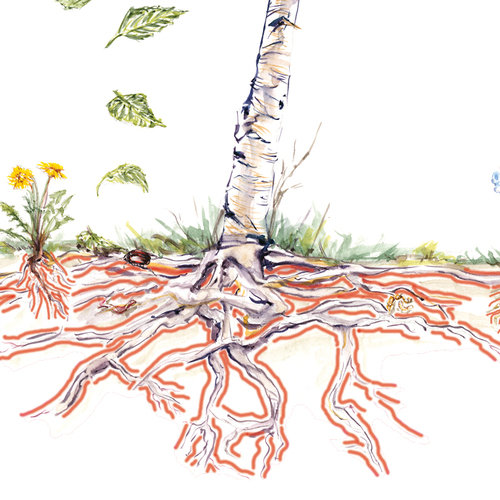
-

-

-

-
 How-To
How-ToHow Is Your Soil Texture?
Healthy soil starts with the right proportion of sand, silt, and clay
-
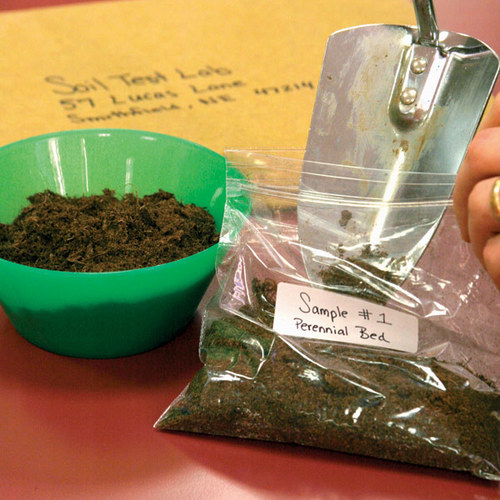 How-To
How-ToBasics of Soil Testing
-
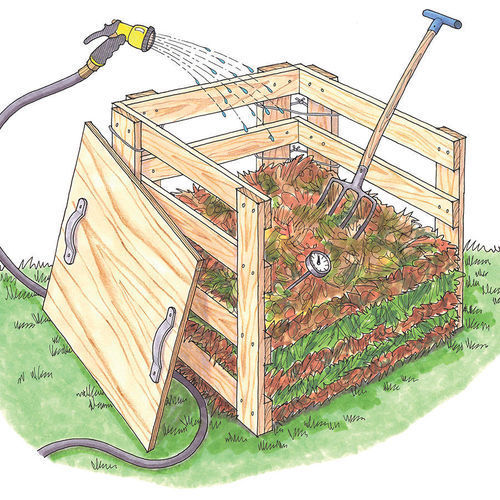
-
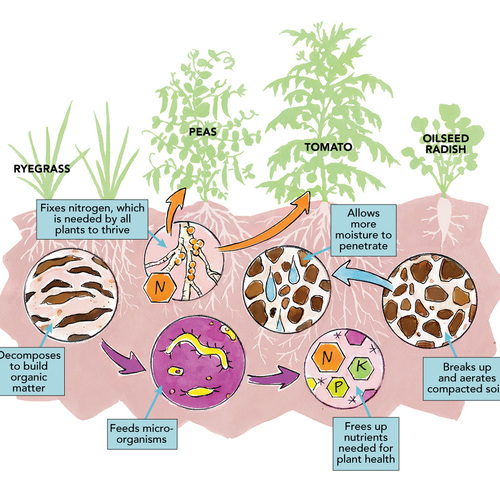
-

-
